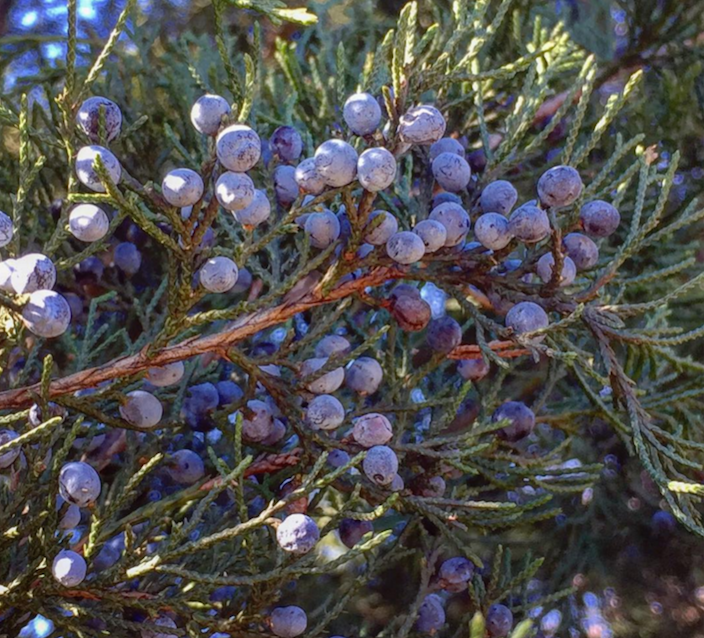
12 Aug Hidden Sugars and Three Tips to Swap Them
The Centers for Disease Control Prevention says that sugary diets are leading to more cases of obesity, type 2 diabetes, and heart disease. So I’m going to explain to you how to hunt for hidden sugars and offer some helpful dietary tips if you’re new to healthy eating and interested in transitioning from a sugary diet.
You probably wouldn’t pour sugar on your burger, but you’re getting exactly that with every squirt of ketchup. One tablespoon of ketchup actually has one teaspoon of sugar in it. Sweeteners could be hiding in a lot of the condiments, sauces and dressings in your refrigerator. They’re what are referred to as “hidden or added sugars.”
Sugars that are added to foods simply provide a sweetness to that food and are used for preserving it. Added sugars come in many forms and names including corn syrup, honey, and a host of terms that end in “-ose.” These include:
- High-fructose corn syrup
- Honey
- Maltose
- Molasses
- Sucrose
- Fructose
Each gram of sugar is 4 calories and 4 grams of sugar is 1 teaspoon. The average person has about 18 teaspoons of added sugar each day. That’s about 300 empty calories!
So what’s the problem with added sugars? They provide sweetness and added calories without contributing to added nutrition. That’s why the American Heart Association recommends limiting the amount of added sugars to no more than a few teaspoons per day. So for teens and adult women, that amounts to no more than 6 teaspoons of sugar or 100 calories. For adult men, that’s about 9 teaspoons or 150 calories per day.
You have to read labels. Specifically look at ingredient lists. This will help you make smarter choices. Be on the lookout for hidden sugars in yogurts, snack bars, juices, packed fruits, and even chewable supplements.
What about natural sugars found in fruit and milk products. They are categorized differently from added sugars because they are naturally occurring and are part of a food that offers nutrients along with calories, in this way, natural sugars can be part of a healthy diet.
However, even with natural sugars found in foods, too much can also negative metabolic effects. Particularly if you are inactive, overweight, have diabetes, heart disease or dementia. A good rule of thumb with natural sugars is to understand that they can be part of a healthy diet, but they shouldn’t comprise of a vast portion of your diet. Healthy fats and protein sources are also important. The take home is: the type of fat matters and the type of carbohydrate matters. It’s about what your whole diet looks like in context of your health status and risk factors.
Are you a sweet treat eater? Here’s some tips to help you transition from added sugar.
Instead of a 20 ounce sugary-sweet soda with 16 teaspoons of added sugar, try enjoying a refreshing glass of naturally flavored seltzer without a drop of added sugar. Seltzer is plain water with carbonation added. It’s sodium-free and may be naturally flavored (avoid artificial flavors that are synthetically derived.) If you need a little more “oomph” in your beverage, simply add a few ounces of 100% natural fruit juice or squeeze half a lemon or lime into your drink.
Another smart sugar swap: instead of a classic peanut butter and jelly sandwich, make a peanut butter and sliced fruit sandwich. Peanuts are legumes, which are edible seeds that grow in pods. If you have food sensitivities or an allergy to peanuts, try almond butter. For nut allergies, opt for pumpkin seed butter or sunflower seed butter. The alternatives to peanut butter are endless! These nut and seed butters provide a filling, plant-based protein and are a source of healthy fat. Fresh seasonal fruit (blueberries, strawberries, grapes) in lieu of jelly, adds fiber and antioxidants without any of the added sugar you typically find in store bought jams and jellies. So our before PB&J sandwich totaled 4 teaspoons of added sugar and our new and improved nut butter with sliced fruit sandwich has not a drop of added sugar!
And finally, swap cherry gummy candy for frozen sweet pitted cherries. Here’s why: two handfuls of these gummy candies clocks in at about 280 calories and will flood your system with 12 teaspoons of straight added sugar! And honestly, it’s pretty easy to eat much more than just this amount. Instead enjoy a full cup of sweet, pitted cherries for just 80 calories and without any added sugar. A cherry is made up of more than 75% water, and is full of antioxidants.
These are three simple swaps that can help you feel better.
If you or someone you know is new to healthy eating and is ready to reclaim or maintain good health, drop me a line on the “contact us” page on this site. Naturopathic medicine is based on individualizing health through a focused, efficient means that address the underlying cause of dis-ease to ultimately help people gain more healthy years doing what they love in their personal and professional lives.
To honoring your health potential!
Licensed Naturopathic Physician, Menopause Clinician, Acupuncturist, Author, and Health Educator

